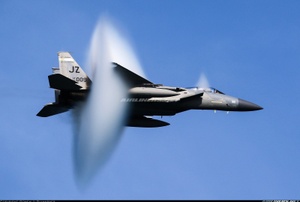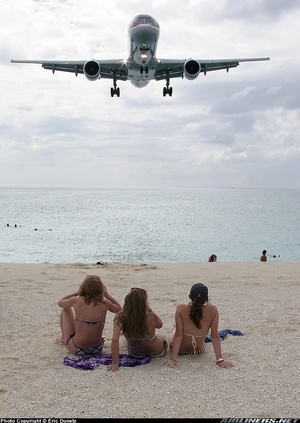Luscombe Model 8 Silvaire
Details
Country of Origin
United States of America
Type
Two seat light aircraft
History
The Luscombe 8 Silvaire was a highly successful two seat high wing light aircraft built in the years surrounding World War 2. Today it remains popular as a classic aircraft.
Prior to introducing the Silvaire into production in 1937 Luscombe had built a small number of two seat high wing light aircraft, the most popular of which was the Phantom, which was powered by a 108kW (145hp) Warner Super Scarab radial engine. The initial Model 8 Silvaire was similar to the Phantom in configuration but differed in that it was powered by a 37kW (50hp) Continental A-50 engine. A more up market model, the 8A was also built from 1939, featuring a higher level of standard equipment, 50kW (65hp) Continental A-65 engine, and improved cabin trim. The 8B was similar to the 8A other than it was powered by a 48kW (65hp) Lycoming O-145 engine.
In 1941 Luscombe released the 8C which featured a 55kW (75hp) Continental engine, and the 8D, which differed in having wingtip fuel tanks. Over 1200 Model 8s were built through to early 1942 when production ceased due to the United States' entry into WW2.
Shortly after the end of the war in late 1945 Luscombe resumed Silvaire production to meet the booming demand experienced by all US light aircraft manufacturers as returned military pilots wanted to continue flying in civilian life. From 1946 all Luscombes featured a new metal wing with a single strut. The first Silvaire to feature the new wing was the 8E, which was powered by a 65kW (85hp) Continental C85-12 engine.
The final Silvaire production model was the 8F, which featured a 65kW (90hp) Continental C90. The 8A SkyPal meanwhile was a lower powered variant of the 8F with a Continental A-65.
Financial difficulties forced Luscombe to cease trading in 1949. US company Temco took over production and built a small number before it too ceased production in 1950. Finally, some Silvaires were built by Silvaire Aircraft Company in Colorado between 1956 and 1960.
In 1998 a new plan emerged to re-introduce the 8F to production. Maryland based Renaissance Aircraft plans to re-certificate an improved 8F with modern instrumentation and avionics and powered by either a Lycoming O-320 or 110kW/145hp Walter Lom M-32, while production aircraft would be built by the Czech Aircraft Works. In 1999 a prototype was made from a refurbished original 8F. Renaissance quotes a unit price of $US71,200 (VFR) to 90,200 (IFR).
Powerplants
8A - One 50kW (65hp) Continental A65 flat four piston engine driving a two blade fixed pitch propeller. 8F Special - One 65kW (90hp) Continental C90 flat four.
Performance
8A - Max speed 185km/h (100kt), cruising speed at 75% power 165km/h (90kt). Initial rate of climb 900ft/min. Service ceiling 15,000ft. Range 595km (320nm). 8F - Max speed 206km/h (111kt), max cruising speed 193km/h (104kt). Initial rate of climb 900ft/min. Range 804km (435nm).
Weights
8A - Empty 302kg (665lb), max takeoff 545kg (1200lb). 8F Special - Empty 395kg (870lb), max takeoff 635kg (1400lb).
Dimensions
8A & 8F Special - Wing span 10.68m (35ft 0in), length 6.10m (20ft 0in), height 1.78m (5ft 10in). Wing area 13.0m2 (140.0sq ft).
Capacity
Seating for two side by side
Production
Some 5970 Model 8s were built between 1938 and 1961, including 5840 by Luscombe, 50 by Temco, and 80 by Silvaire.
Related Links
Luscombe Model 8 Silvaire
The backbone of this section is from the The
International Directory of Civil Aircraft by Gerard Frawley
and used with permission. To get your own copy of the book
click here.

















